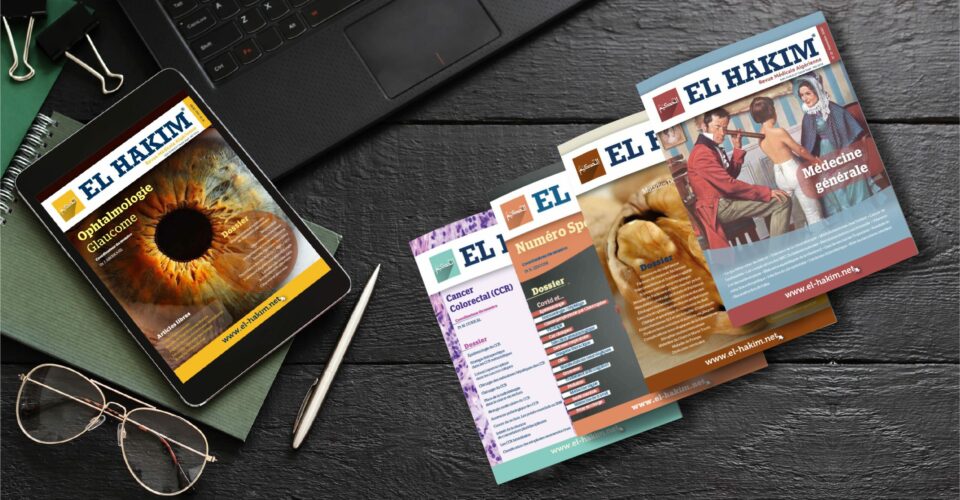
Eye and blood disorders
Hematologic diseases is a heterogeneous group of pa- thologies that develop from hematopoietic cells. Ocular involvement is rare and polymorphic, if can either be pri- mary due to direct infiltration by tumor cells (malignant hemopathies) or secondary to abnormalities in blood coagulation. Ophtalmological damage can be the initial manifestation or reveal a relapse and...




















